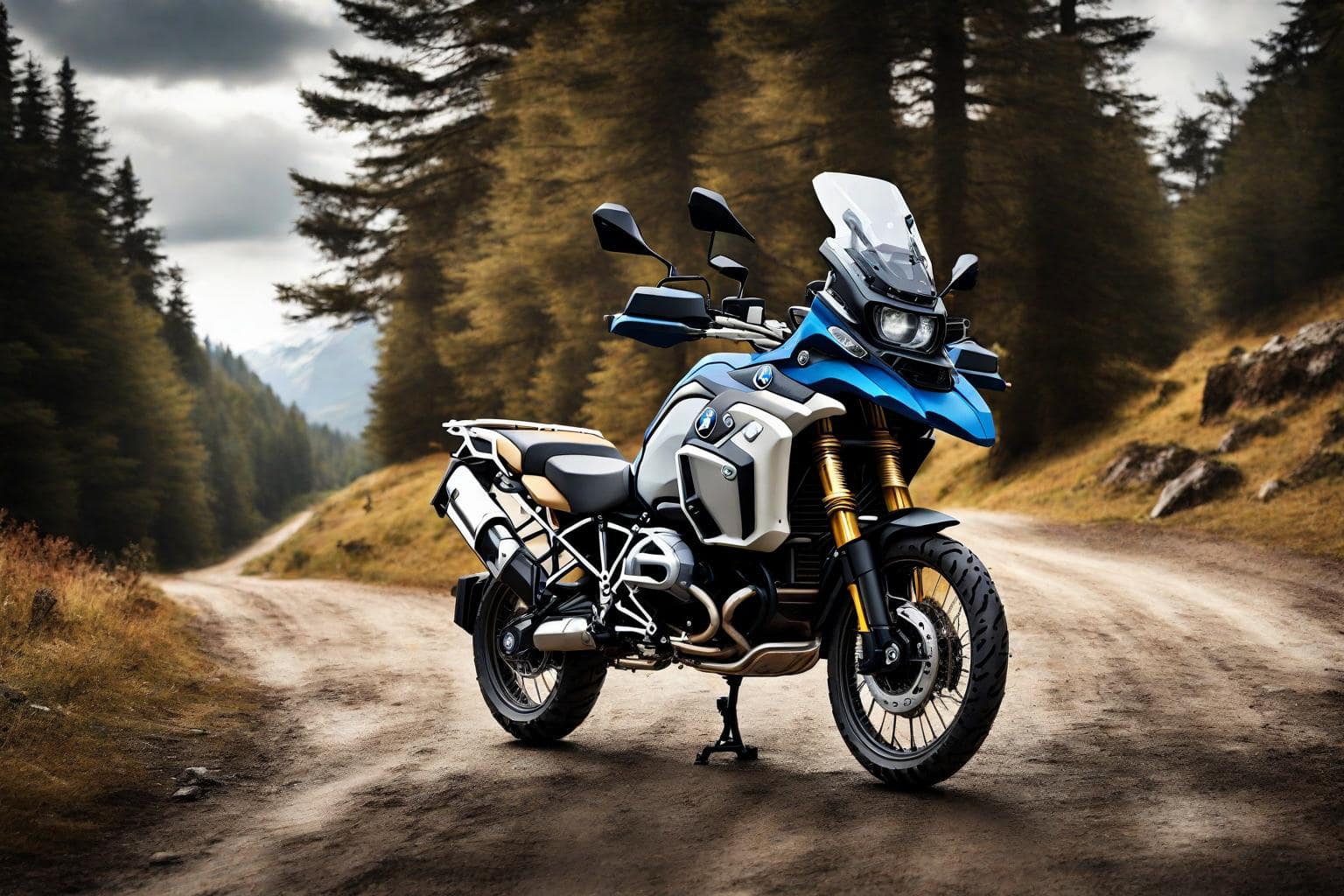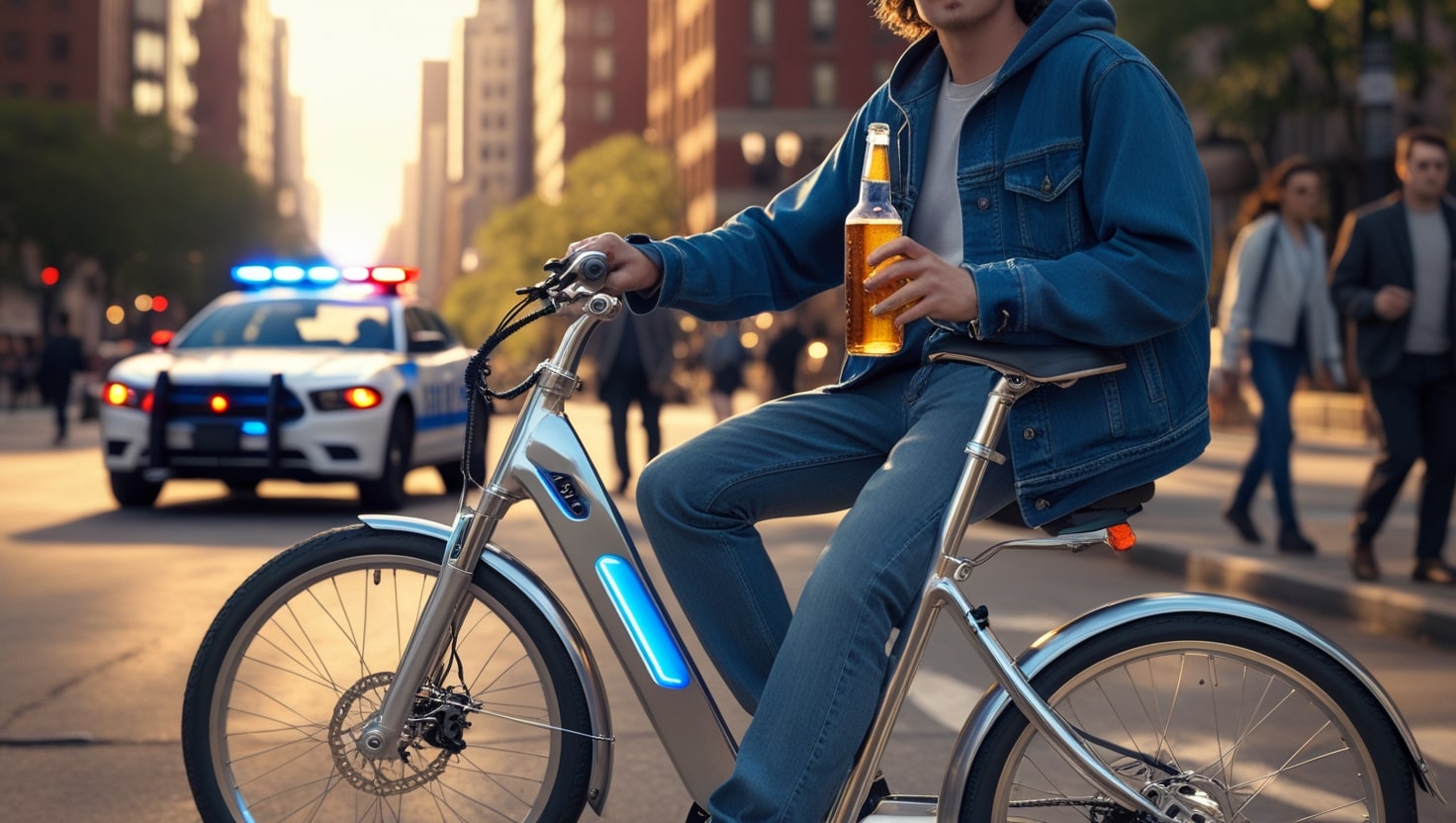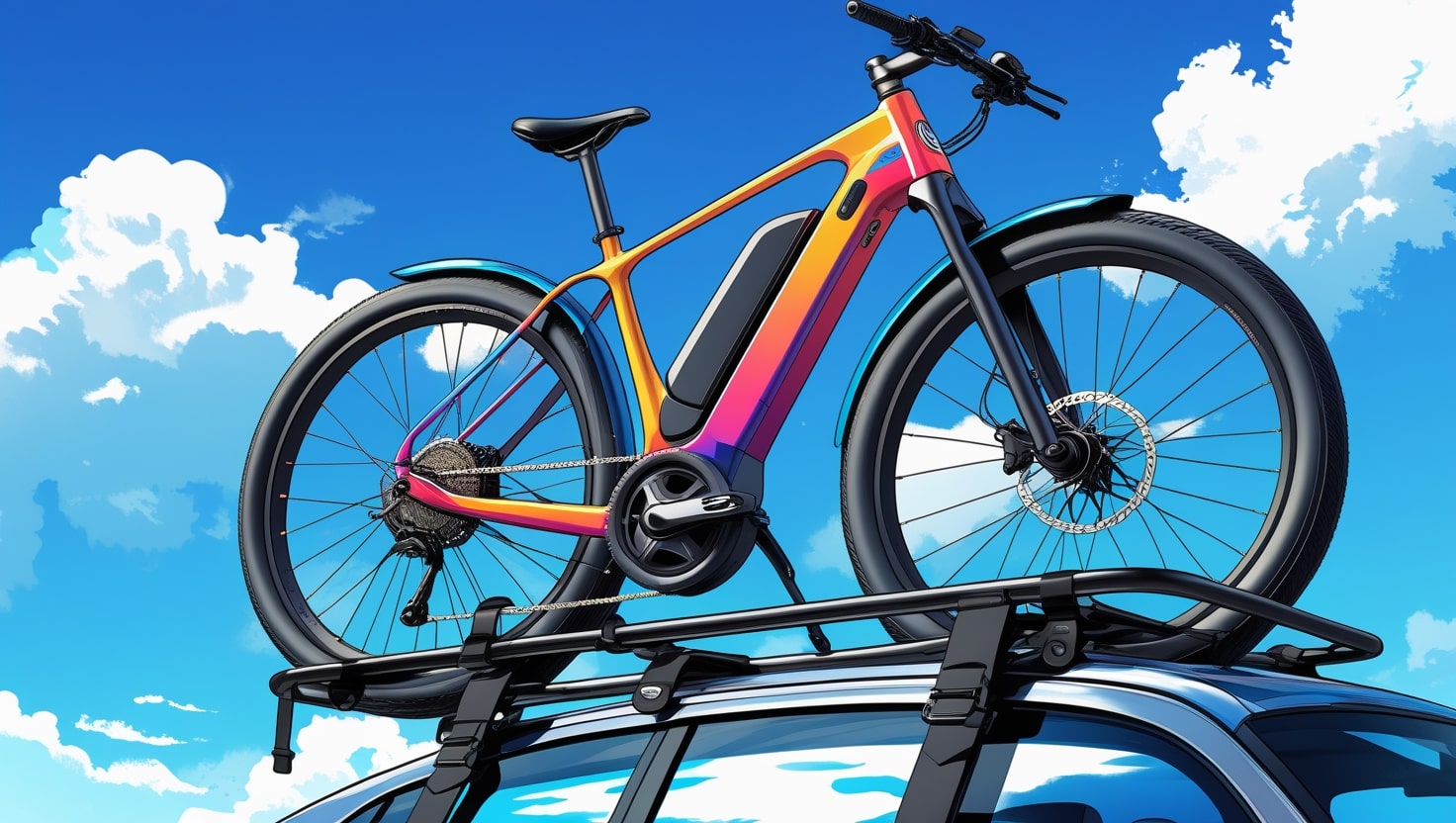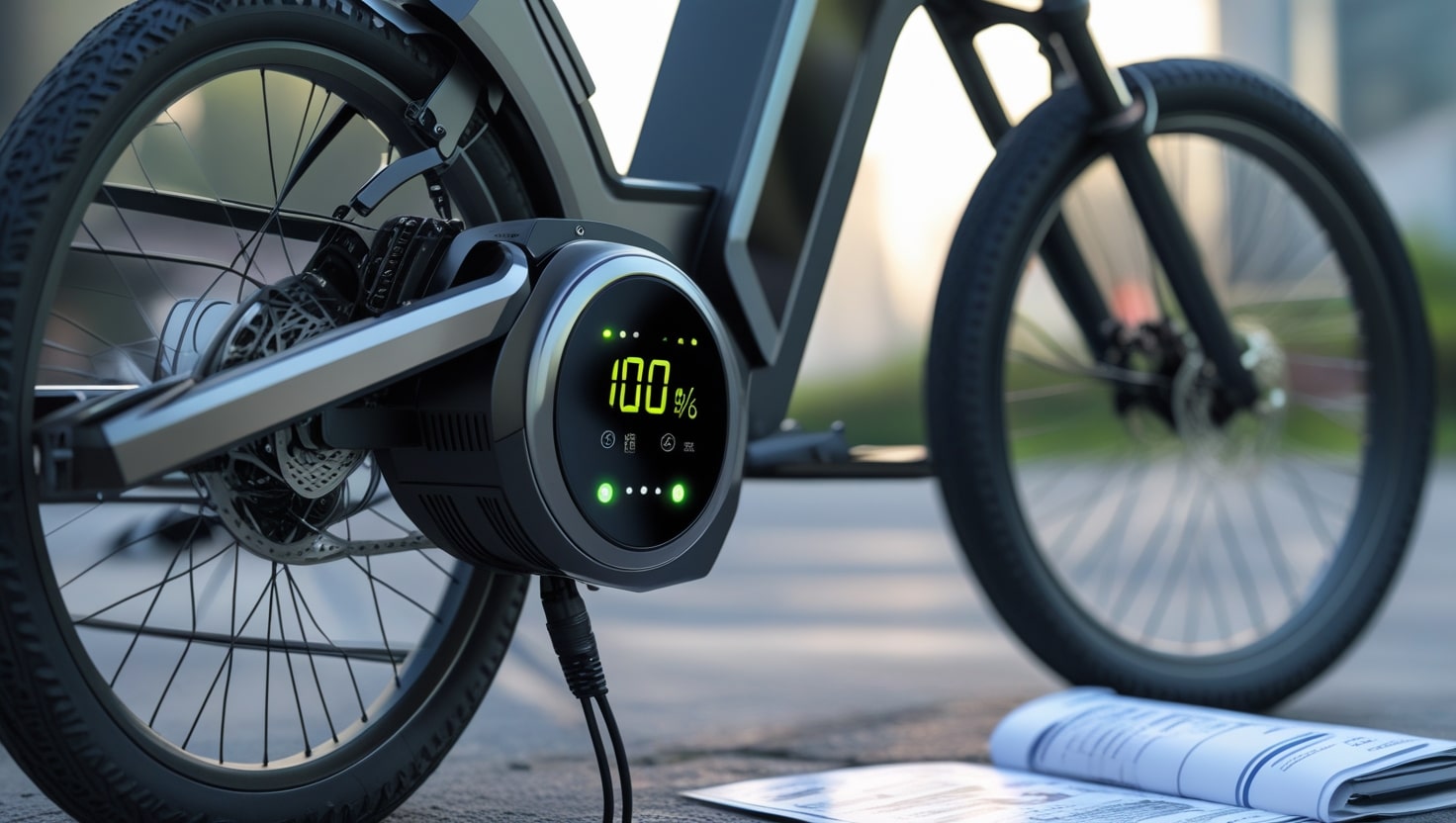Riding a dirt bike is a thrilling experience. However, you can’t just ride your bike anywhere you want. There are specific rules, laws, and regulations that must be followed. These regulations can vary greatly from state to state. In most states, it is illegal to ride your dirt bike on the road. It’s essential to learn where you can ride legally. Whether you’re a beginner or an experienced rider, understanding these rules ensures you have fun while staying within the law.
Where Can You Ride a Dirt Bike Legally?
One of the easiest ways to ride your dirt bike is in your own backyard. Here, you don’t have to worry about noise violations or pollution laws as long as you’re considerate of your neighbors. However, if your property is close to other homes, you may still face issues. Private property might seem like the perfect solution, but every county, city, and town has its own regulations. Make sure to understand these rules before you start biking on your property.
Another place to ride is on local state trails or at a public dirt bike park. These areas are designated for off-road vehicles and can provide a great riding experience. However, each park and trail has its own rules and requirements. Some only allow certain types of vehicles to be ridden. Common requirements include having a DNR registration sticker, a USFS-approved spark arrestor, and ensuring your exhaust sound level is within limits. Don’t forget your riding gear like a helmet, boots, goggles, and gloves. Some places may also require a membership fee.
For those looking for more of a challenge, local public motocross tracks or private tracks (with permission) are fantastic options. These tracks are built for dirt bikes and can help you improve your skills. If you’re still learning to ride, be cautious and avoid big obstacles. New riders are at a higher risk of accidents, especially on a motocross track.
Riding a dirt bike legally involves knowing the rules and choosing the right place to ride. Whether it’s your backyard, a state trail, or a motocross track, understanding and following the regulations will help you have fun safely.

can you ride dirt bikes on the road
Riding a dirt bike on public roads or city sidewalks is generally illegal. Dirt bikes are made for off-road use and lack the necessary equipment to be street-legal in their stock form. They don’t have headlights, taillights, or turn signals, and often lack insurance and registration. If you attempt riding your dirt bike on the street, you could face serious consequences such as a citation, having your bike towed or impounded, and paying a fine.
However, some dirt bikes can be legally ridden on the road if they are registered and plated. This process, known as conversion to dual-purpose, is allowed in many states. You will need to install a headlight with both low and high beams, a taillight that works with both the front and rear brake levers, DOT-approved turn signals on the front and rear, a rearview mirror, and a horn.
For those who want to ride their dirt bike on the road legally, a motorcycle license is essential. While a license is not needed for off-road riding, a dual-sport dirt bike that is titled and legal for the road requires a valid driver’s license. Additionally, an endorsement on your driver’s license is necessary to ride a dual-sport motorcycle on the street.
Many enthusiasts want to get the most fun out of their dirt bikes by making them street legal. If you have questions or need help with this process, don’t hesitate to reach out for more information. Ensuring your dirt bike meets all legal requirements will keep your riding experience safe and enjoyable.
- Related Post
- Do You Need Insurance for a Dirt Bike?
What Parts Are Required to Make a Dirt Bike Street Legal?
To make your dirt bike street legal, you will need some essential equipment and modifications. These upgrades include components like headlights, tail lights, and blinkers, which can vary by state. Adding mirrors, reflectors, and a horn is also necessary. Additionally, DOT-approved tires and DOT-approved exhaust are crucial for compliance. You might want to consider optional items such as a speedometer and odometer.
Even if you have an out-of-state license plate, you need these basic items at a bare minimum to avoid catching the attention of Johnny Law. There is no safety inspection required if you’re running an out-of-state tag, but it’s still important to ensure your bike meets all the requirements. Check your local laws and regulations to ensure you are compliant before hitting the road.
Most of these parts are standard on today’s popular models. If you own a factory-built street legal dirt bike or a supermoto, you probably already have most of these components. If not, you can easily install them over a weekend with a few beers and a set of hand tools. Always remember to verify your local laws to ensure everything is in order before you start riding on public roads.

Tires
To make your dirt bike street legal, you will need DOT approved tires. This means you’ll have to replace your knobbies with tires that have the DOT stamp on the sidewall. Don’t worry, there are plenty of off-road options available that still meet the DOT standards.
You may also like to read How Fast Do a 125cc Dirt Bike Go?
Brakes
When making your dirt bike street legal, you need to pay attention to the braking system. Many states have laws about motorcycle brakes. For example, your motorcycle brakes must develop a force of at least 43.5% of the bike’s weight when fully laden. They should be able to stop a bike moving at 20 mph within 30 feet and decelerate the bike to a stop at 14 feet per second.
In reality, the Highway patrol is unlikely to measure the exact 30 feet to check your stopping distance, but these rules ensure your bike isn’t overloaded or has failed or failing brakes. Keeping your motorcycle within these standards helps ensure your safety and compliance while driving.
Odometer
Adding a speedometer and odometer to your street legal motorcycle is a good idea, even if not required by law in many states. These tools are helpful to determine how fast you are traveling, which can prevent a speeding ticket from the common excuse of following the person in front of you. A combination speedo/odo can save you money and keep you safe on the road.

Horn
To make your dirt bike street legal, you need a working horn. According to state law, your horn must emit an audible sound that can be heard from at least 200 feet away. The laws also specify that the horn should not be unreasonably harsh or loud, so no train horns allowed. Installing a horn might require additional power, especially if you’re also adding lights. Consider upgrading your stator or installing a small battery to ensure your charging system can handle the load.
Be aware that in most states, it is illegal to use a siren, whistle, or bell on your bike, so you can’t use these to make your ride unique. Ensuring your horn meets these requirements is a crucial task to keep your dirt bike compliant with the law.
Turn signals
To make your dirt bike street legal, you must install turn signals on both the front and rear of your bike. Some states require these signals to be flashing indicators that clearly show your turn intentions. Refer to your state graph to see if this applies to you. Upgrading to LED signals can save power and improve visibility, ensuring a safer ride.
Lights
To legally drive your dirt bike on the streets, you must have a headlight that is on at all times. This is not just for night but is required by law. Your headlight should be able to switch between low and high beams. Additionally, having at least one stop lamp on your bike is necessary. There are no strict specifications for where the headlight must be mounted, so you have some flexibility. Choosing an LED or HID headlight will give you a brighter light and use less power.
States have specific laws about what lights are permitted. You cannot have a red or blue light on the front of your bike, and having a blue light anywhere on your vehicle is illegal unless you are a cop. Therefore, avoid using LED strips as a mod to stay compliant with the regulations. Ensuring your dirt bike meets these lighting requirements will help you ride safely and legally.
Mirrors
To make your dirt bike street legal, you need at least one mirror. Most states require that this mirror allows you to see a distance of at least 200 feet behind your motorcycle. There are no specific laws about the size of the mirror or how it should be mounted, giving you some flexibility in choosing the right mirror for your bike.
License plate holder and light
To ride your dirt bike on the road, you need a license plate holder that is permanently affixed to the bike. The license tag brackets must be visible from the rear at all times and should be attached horizontally to the ground with the numbers and letters reading from left to right. Additionally, you must illuminate your license plate to comply with road regulations.

Exhaust system
For your dirt bike to be street legal, it must be equipped with a proper exhaust system. This includes a muffler, manifold, and tailpipe that are in working order. Make sure there is no excessive noise coming from the exhaust to comply with regulations. Keeping your exhaust system in good condition ensures your bike meets legal standards and runs efficiently.
Footrests and handlebars
To ride your dirt bike on the road, it must have footrests if it is capable of carrying a passenger. Even if you don’t have a sidecar, the passenger still needs proper footrests. The handlebars should not be higher than the top of the operator’s shoulders when seated on the bike. These requirements ensure both the rider and the passenger have a safe and comfortable ride.








